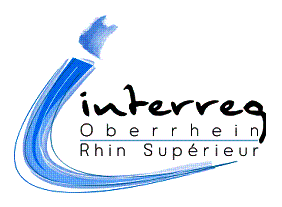Grapevine fanleaf disease is a disease responsible for massive yield loss in the global wine industry. The main causative agents of this incurable disease are two viruses, grapevine fanleaf virus (GFLV) and arabis mosaic virus (ArMV). In a study published in the journal Plant Physiology, researchers from the team led by Dominique Gagliardi at the IBMP in Strasbourg, in collaboration with Olivier Lemaire‘s team from the INRAE Grand Est-Colmar Center, discovered that both RNAs of each of these viruses end with a succession of adenosines followed by a single uridine. This novel type of viral 3’ end, (A)nU, is specific to GFLV and ArMV. It is not found in other RNA viruses, including those belonging to the genus Nepovirus of the Secoviridae family, to which GFLV and ArMV belong. This addition of a single uridine or mono-uridylation is not catalyzed by host plant proteins. This discovery opens up new perspectives for studying the metabolism of GFLV and ArMV RNAs, particularly the specificity of their replication mechanism.
An unprecedented 3′ end for the RNA of two viruses associated with grapevine fanleaf disease














